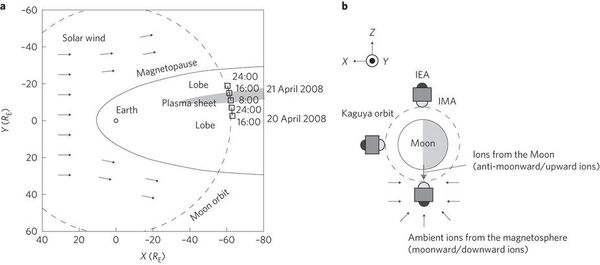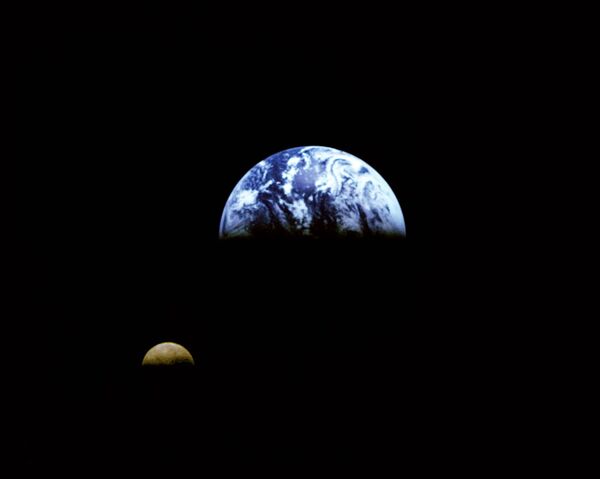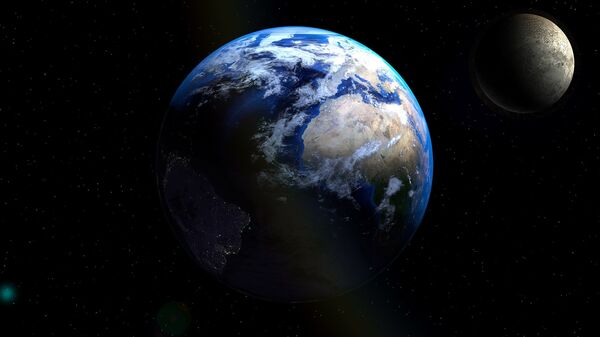It has long been speculated that the Moon has been intermittently sprayed with the Earth's oxygen, with some researchers suggesting the nitrogen and noble gases embedded in the Moon's soil originated on Earth.
However, the new paper, published in Nature, is the first to present evidence that oxygen, a fundamental ingredient of terrestrial life, is regularly scattered across the Moon's surface. The team of Japanese scientists who authored the study relied on data collected by the Japanese Kaguya spacecraft in 2008 to show Earth-based oxygen can make the giant leap to the moon during a special five day period in the satellite's orbit, when Earth is sited between the Sun and the Moon.
Biogenic oxygen from Earth transported to the Moon by a wind of magnetospheric ions. @morgfair @ShiCooks https://t.co/wu2FG8pKWq
— Lars-Johan Larsson (@LarsJohanL) January 31, 2017
During these periods, Earth's magnetic plasma sheet protects the Moon from the bombardment of the solar winds, powerful gusts of charged particles emitted by the Sun. Earth's magnetosphere is brimming with its own native energetic particles, and during five-day breaks from the onslaught of the solar wind, they spread to the moon.
"Even when the geomagnetic field was less developed or absent in ancient times, the Earth's plasma sheets could have existed and led to effective transportation from the Earth's atmosphere to the lunar surface. This mechanism would be enhanced if the distance between the Earth and the Moon was much smaller than today, as it seems it was. A consequence of this finding is the entire lunar surface can be contaminated with biogenic terrestrial oxygen, which has been produced by photosynthesis over a few billion years," the paper concludes.

The discovery is likely to heighten already sizeable interest in visiting the Moon among governments and corporations across the world. However, the paper warns it will be extremely challenging to differentiate between ions embedded in lunar soil by solar wind, and by Earth. Drilling into the Moon for a core sample would nonetheless confirm the paper's thesis — and the Japanese Aerospace Exploration Agency's 2022 Phobos mission, which will collect samples of moon dust and rock to be returned to Earth, will do just that.

This potential discovery is just another way in which the two are intimately connected.

